The Samsung Galaxy Grand Prime was a mid-range smartphone that aimed to deliver a balanced experience for users who wanted decent performance without breaking the bank. Released in 2014, it catered to those looking for a reliable device with the familiarity of Samsung's TouchWiz interface and a design that echoed the company's flagship models of the time. While it may not have been the most powerful phone on the market, it offered a solid set of features for its price point.
Design-wise, the Galaxy Grand Prime followed Samsung's then-signature plastic construction, which kept the device lightweight but didn’t quite exude premium feel. The textured back panel provided a decent grip, reducing the chances of accidental slips. At 144.8 x 72.1 x 8.6 mm and weighing 156 grams, it was comfortable to hold, though the bezels were noticeably thick by today's standards. The 5-inch display dominated the front, with physical home button flanked by capacitive keys for navigation.
The display was a 5-inch TFT LCD with a resolution of 540 x 960 pixels, resulting in a pixel density of roughly 220 PPI. While this was adequate for basic tasks like browsing and messaging, it fell short when it came to media consumption or gaming. Colors appeared somewhat washed out, and viewing angles were mediocre. However, for its target audience—users who prioritized functionality over high-end specs—the screen was serviceable.
Under the hood, the Galaxy Grand Prime was powered by a Qualcomm Snapdragon 410 chipset (or Samsung's own Exynos 3475 in some regions), paired with 1GB of RAM. This configuration handled everyday tasks reasonably well, though multitasking could be a challenge. Apps took a few seconds to load, and switching between them often led to reloads. The 8GB of internal storage was meager, but the inclusion of a microSD slot (expandable up to 64GB) helped mitigate this limitation.
On the software front, the device launched with Android 4.4.4 KitKat, overlaid with Samsung's TouchWiz UI. While TouchWiz added useful features like Multi Window and a customizable notification panel, it also contributed to the phone's occasional sluggishness. Samsung did release an update to Android 5.1.1 Lollipop for the Grand Prime, which improved performance slightly, but the phone was eventually left behind in terms of major OS upgrades.
The camera system was one of the highlights of the Galaxy Grand Prime. It featured an 8MP rear sensor with autofocus and an LED flash, capable of capturing decent photos in good lighting. The 5MP front-facing camera was a standout at the time, offering sharper selfies than many competitors in the same price range. Samsung's camera software included modes like Panorama and HDR, though low-light performance was predictably lackluster.
Battery life was another area where the Grand Prime held its own. The 2600mAh removable battery provided a full day of moderate use, and the power-saving modes helped stretch it further when needed. Unlike many modern phones, the removable back cover allowed users to swap batteries, a feature that has since become rare.
Connectivity options included 4G LTE, Wi-Fi 802.11 b/g/n, Bluetooth 4.0, and GPS. The phone also supported dual SIM variants in certain markets, which was a boon for travelers or users juggling work and personal numbers. However, it lacked NFC, which limited its compatibility with mobile payment systems.
In summary, the Samsung Galaxy Grand Prime was a competent mid-range device for its era, offering a mix of practicality and affordability. Its performance and display were underwhelming by today's standards, but at the time, it provided a satisfactory experience for casual users. The camera and battery life were its strongest suits, while the expandable storage and dual SIM support added to its appeal.
Key Specifications:
Display: 5-inch TFT LCD, 540 x 960 resolution (220 PPI)
Chipset: Qualcomm Snapdragon 410 / Exynos 3475 (region-dependent)
RAM: 1GB
Storage: 8GB internal, expandable via microSD (up to 64GB)
Rear Camera: 8MP, f/2.4, LED flash
Front Camera: 5MP, f/2.2
Battery: 2600mAh (removable)
OS: Android 4.4.4 KitKat (upgradable to 5.1.1 Lollipop)
Connectivity: 4G LTE, Wi-Fi 802.11 b/g/n, Bluetooth 4.0, GPS
Dimensions: 144.8 x 72.1 x 8.6 mm
Weight: 156 grams
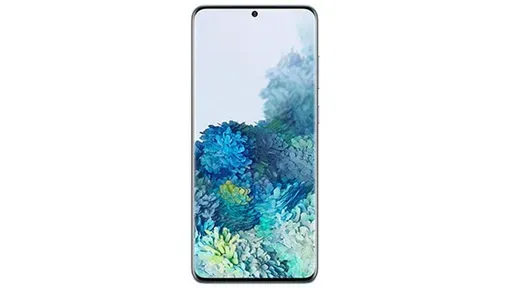
By /Jun 4, 2025
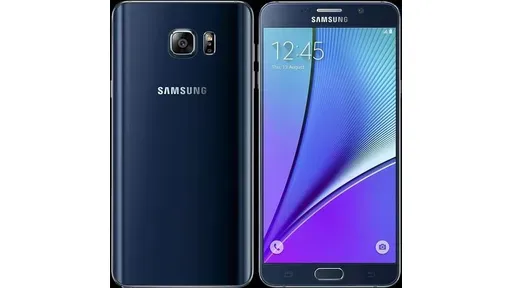
By /Jun 4, 2025
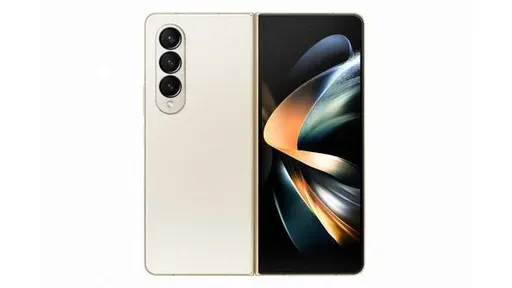
By /Jun 4, 2025
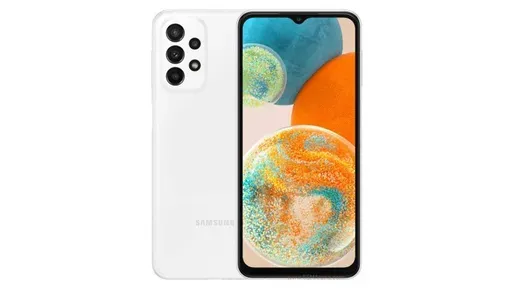
By /Jun 4, 2025
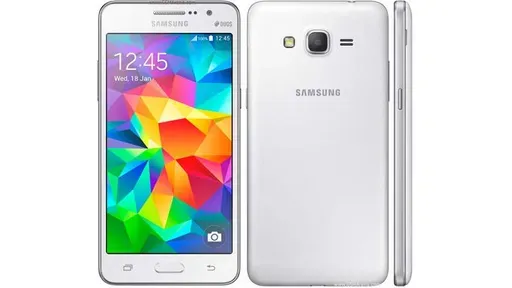
By /Jun 4, 2025

By /Jun 4, 2025

By /Jun 4, 2025
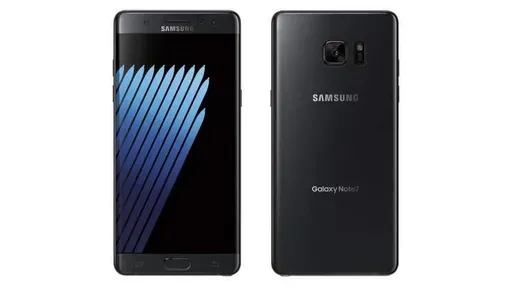
By /Jun 4, 2025
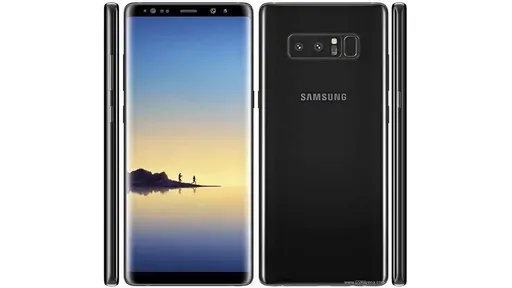
By /Jun 4, 2025
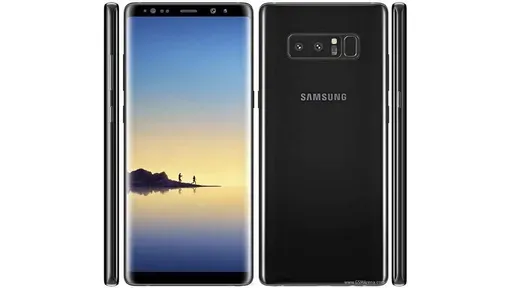
By /Jun 4, 2025
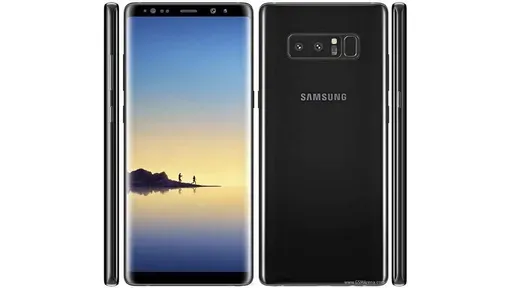
By /Jun 4, 2025
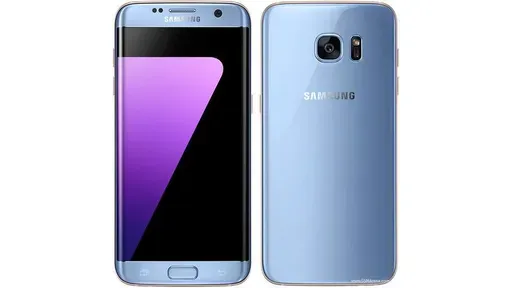
By /Jun 4, 2025

By /Jun 4, 2025
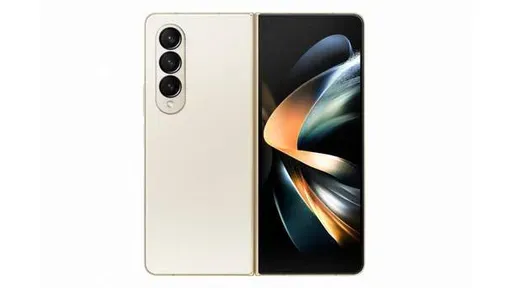
By /Jun 4, 2025

By /Jun 4, 2025

By /Jun 4, 2025
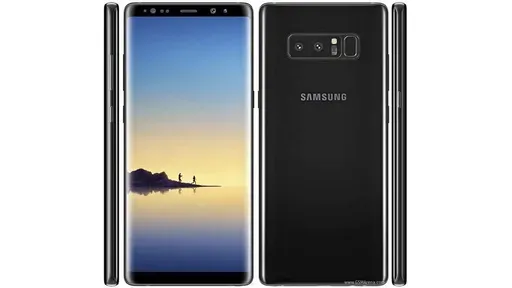
By /Jun 4, 2025
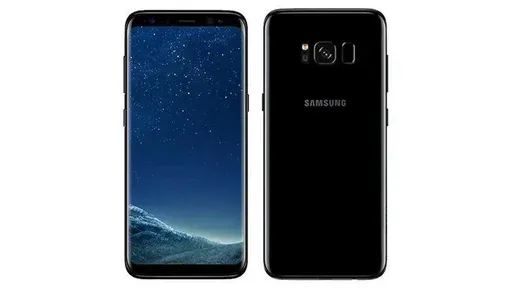
By /Jun 4, 2025
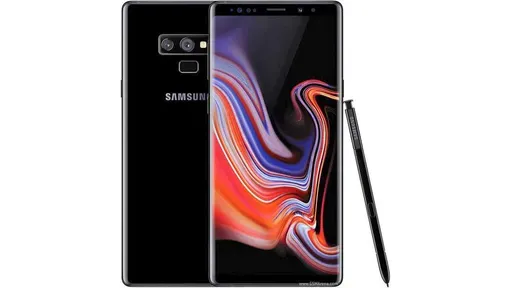
By /Jun 4, 2025

By /Jun 4, 2025

By /Jun 4, 2025
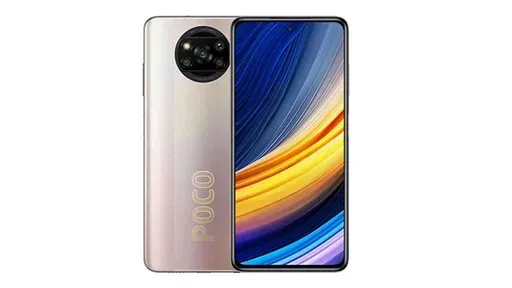
By /Jun 4, 2025
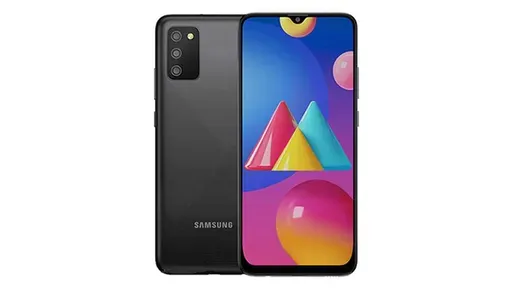
By /Jun 4, 2025

By /Jun 4, 2025
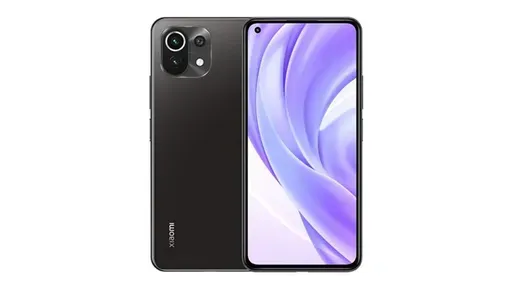
By /Jun 4, 2025

By /Jun 4, 2025

By /Jun 4, 2025
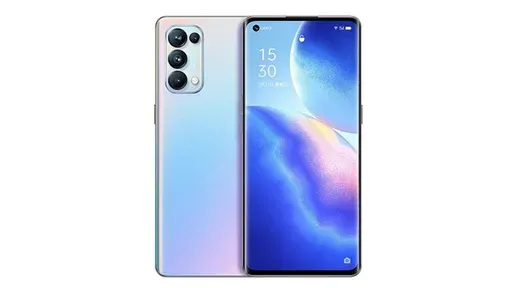
By /Jun 4, 2025

By /Jun 4, 2025
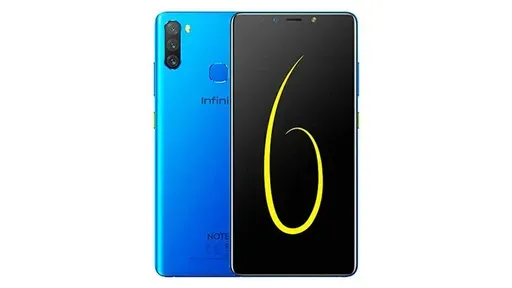
By /Jun 4, 2025

By /Jun 4, 2025